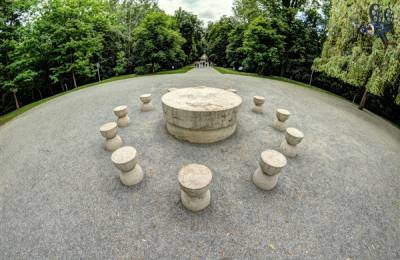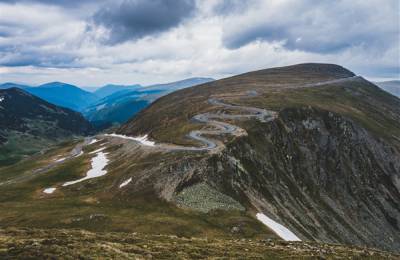Description
Attractions
Horezu Monastery
Targoviste
The capital of Oltenia is Craiova. This town is the seat of the Dolj county and it is placed in the Northern part of Oltenia plain lying on the left bank of the Jiu river. This geographic zone was inhabited since the Neolithic. Also Dacians had in the neighborhood an important settlement called Pelendava. he main feature of Craiova during the two first decades of the 19th century was an economic flourish determined by the increasing of interest in the handicraft, commercial trade field and in public services. Craiova was regarded as an important university, commercial, administrative and cultural center. During the czarist rule (1828-1834), Craiova continued its economic development. That is why in 1832 documents recorded here more than 595 shops. There were exported animals, cereals, furs to Austria and Turkey. In 1846 in this town was set up the first Romanian stock company for the transportation of cereals by ship.
Ponoare – an outstanding monument










